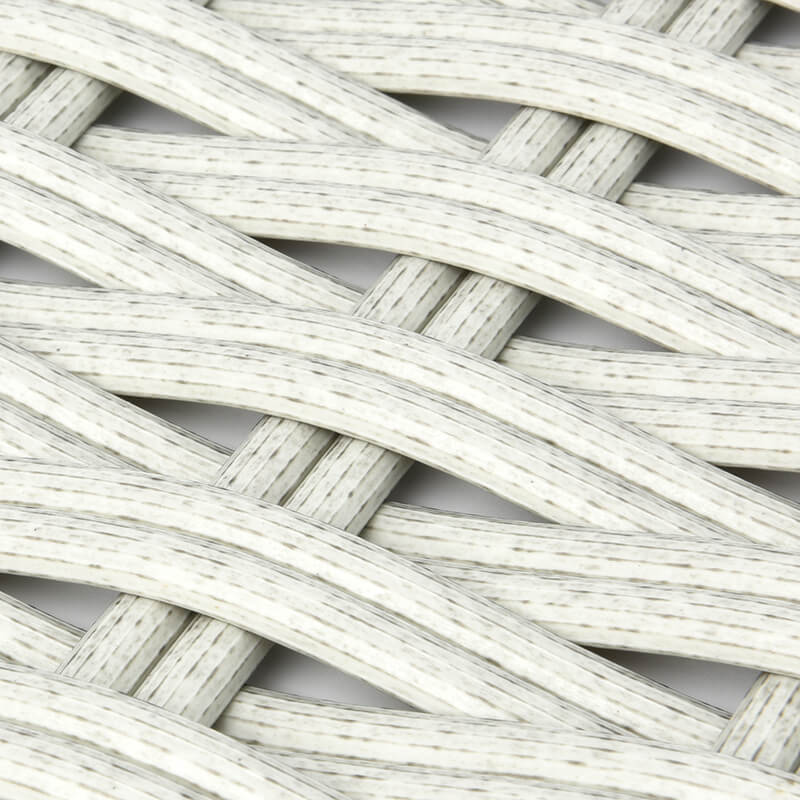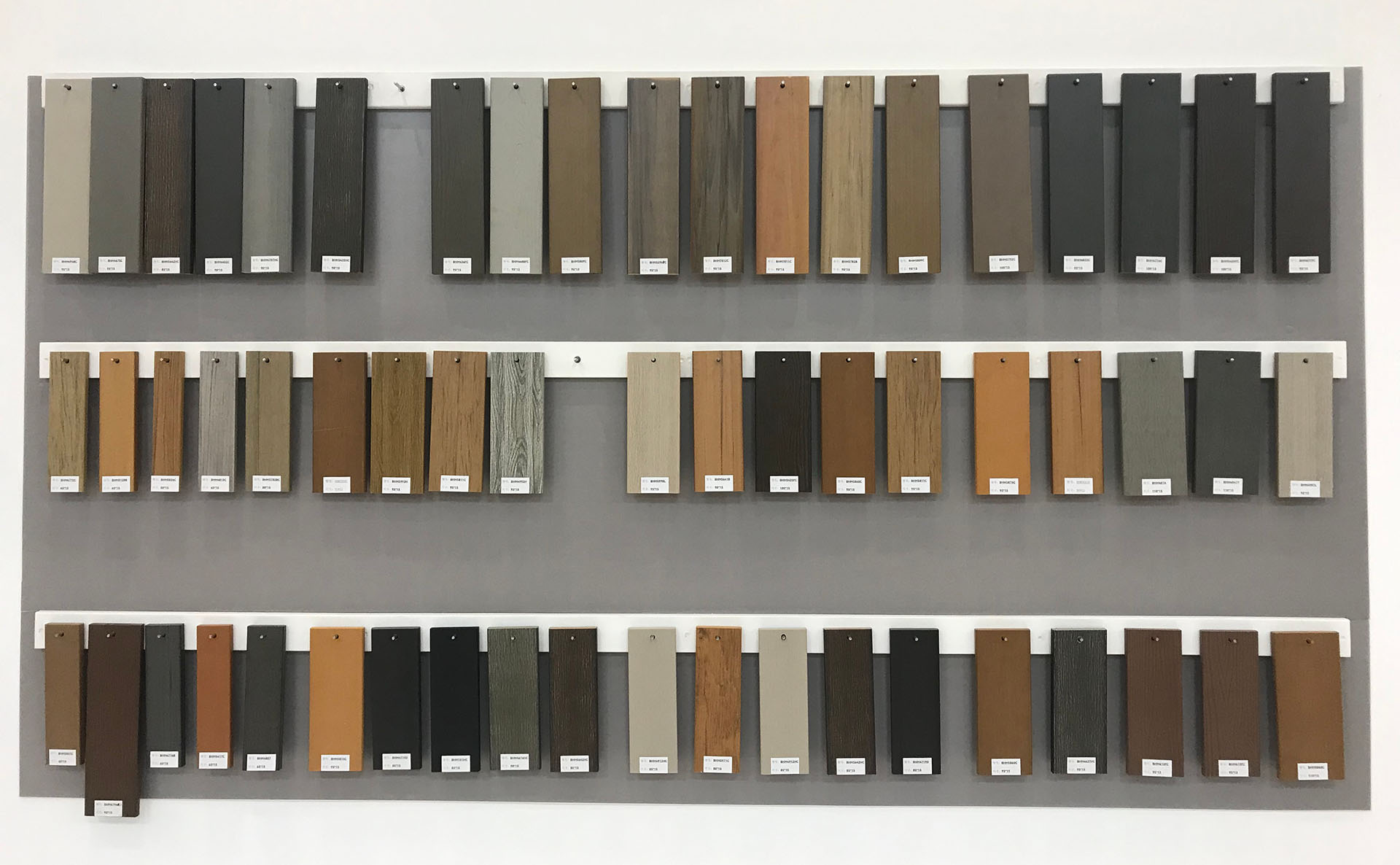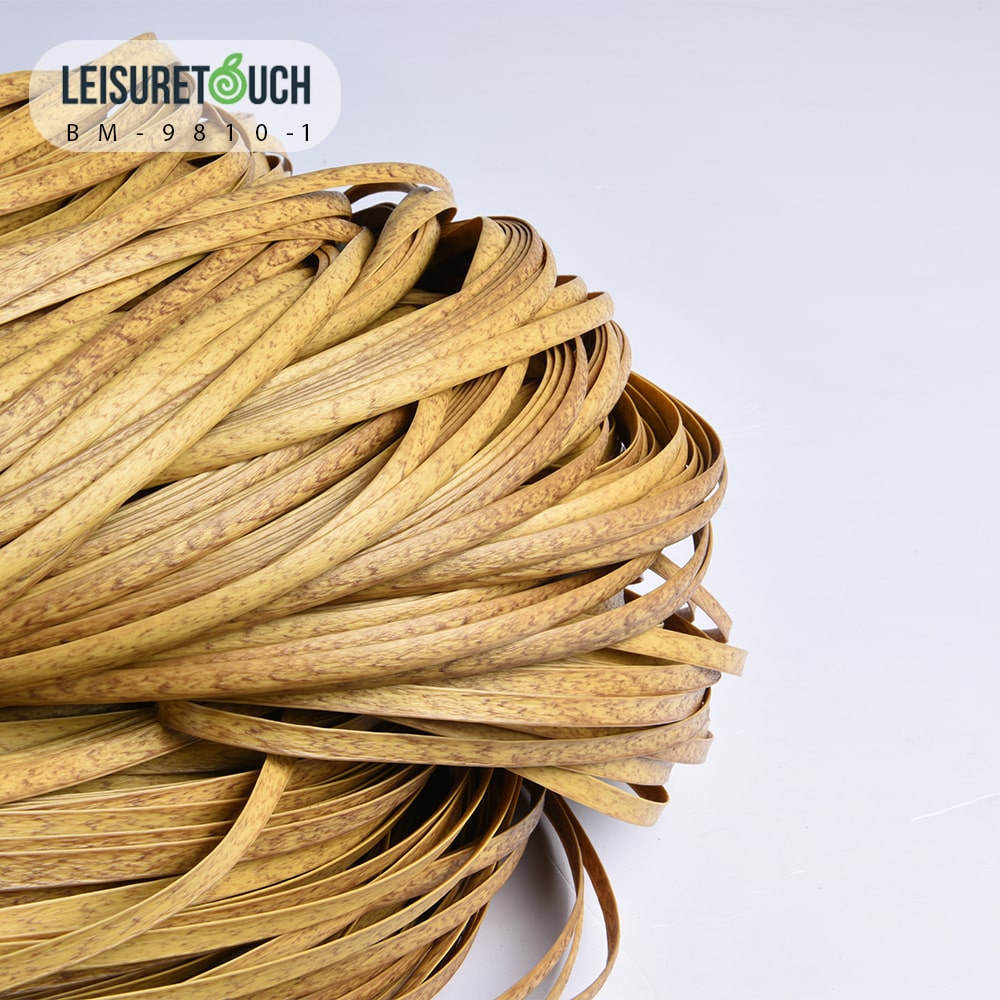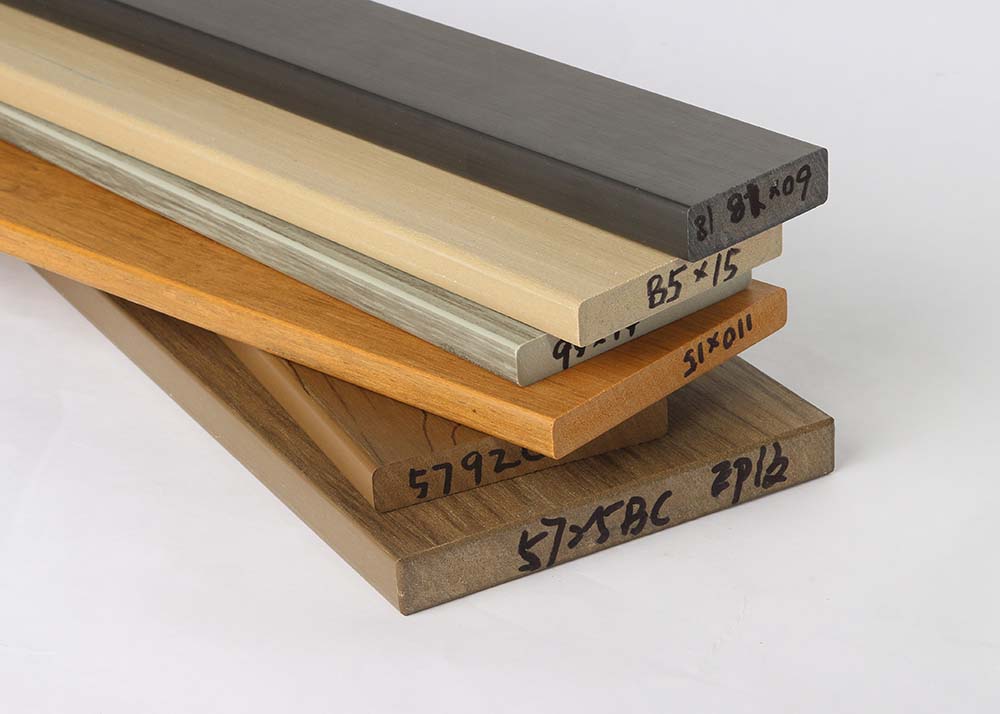Introduction
The architecture of thatching has a long history that is made up of various aspects that touch on astrological, political, spiritual and economic issues. Although today it is no longer a common practice in some places, in other parts of the world thatching is still the most attractive option for many people. This architectural technique used to be based on elements made of perishable materials with a very short life span, which caused a lot of difficulties.

However, due to the diversity and growing interest in the use of biodegradable materials and sustainable construction methods, various explorations have arisen that seek to rescue these techniques and adapt them to contemporary requirements. This is why the use of synthetic thatch as a substitute for natural thatch has become popular. Since this is a construction technique that is more prominent in countries or places with tropical climates, the influence of high temperatures and the possibility of fire has always been a great concern for those who appreciate this technique. In this article we will talk about the synthetic thatch model with the property of flame resistance.
Physical and Mechanical Properties of Synthetic Thatch
Synthetic thatch is a material made mainly from polystyrene and plastic waste, so it has certain properties that make it an environmentally friendly and highly resistant product, ideal for projects in different environments. Some of the properties that most characterize the synthetic thatch are:
Flexibility, allows the material to be very easy to cut, place and install according to the surface of each structure.
Heat insulation, another of the properties that characterise this product, prevents direct contact with the sun from increasing the temperature inside the house.
Waterproof, thanks to its composition of polystyrene and plastic materials, the synthetic thatch is a material that enjoys the property of impermeability so that exposure to water does not affect the composition of the product.

Flame Retardant Factor
In today’s safety-conscious world, the use of flame retardant materials is essential to protect lives and property from the dangers of fire. From household items to industrial applications, these substances play a crucial role in fire prevention and safety. Flame retardants are chemicals added to materials during or after manufacture to inhibit, suppress or retard the combustion process. They function by interfering with the various stages of combustion, including heating, decomposition, ignition or flame propagation. The term ‘flame retardant’ refers to the function of these chemicals, not to their specific composition.
The flame retardant function is applied to a wide variety of materials including synthetic thatch. This is a property that synthetic straw is given during the manufacturing process to improve its fire resistance. This function alters the combustion process, making it more difficult for the material to ignite or sustain a flame.
It should be noted that a flame retardant material is not 100% flame retardant but it reduces the likelihood of fire by 90% by preventing flames from spreading.
Currently our company manufactures 3 models of synthetic thatch and it is worth mentioning that the flame retardant property can be applied to any of these models and in this way we guarantee to satisfy the different demands of our customers.
Importance of Synthetic Flame Retardant Thatch
Fire retardant synthetic thatch plays a vital role in improving fire safety in any of its applications. Here are some key reasons why it is important:
- Security of life
By slowing the spread of fire and providing additional time for evacuation, this material helps to save lives. This is particularly crucial in public spaces and dwellings, hotels etc., where large numbers of people may be at risk.
- Property protection
Flame retardants help minimise property damage by reducing the spread of flames and the intensity of fires. This is essential to protect homes and valuable assets.
- Compliance with regulations
Many industries are subject to strict fire safety regulations and standards. The use of these chemicals ensures compliance with these regulations, helping companies avoid legal and financial repercussions.
- Environmental considerations
Synthetic flame retardant thatch is designed to be more environmentally friendly, reducing the release of harmful substances such as dioxins and furans. This helps mitigate the environmental impact of flame retardant chemicals and promotes sustainable safety solutions.
- Versatility
Flame retardant synthetic thatch is available in a wide range of styles, colours and textures, making them suitable for a variety of applications. Whether in homes, hotels, resorts or tents, they offer both safety and aesthetic appeal.
FAQ
- What are the factors that characterise synthetic thatch?
Synthetic thatch is a material that is characterised by many factors, the most important of which are weather resistance, flexibility that allows the material to be easily installed, impermeability and versatility.
- What is the effectiveness of flame retardant synthetic thatch?
The function of the flame retardant property is to interfere with the various stages of combustion, including heating, decomposition, ignition or flame spread.
- Why choose flame retardant synthetic thatch?
The use of flame retardant materials is essential to protect lives and property from the dangers of fire. From household items to industrial applications, these substances play a crucial role in fire prevention and safety.
- How durable is this product?
We are proud of the quality of our synthetic thatch shingles, which are strong enough to last for decades.
- How does the flame retardant property of synthetic thatch work?
Our flexible thatch tiles are designed to maximize efficient installation and easily adapt to any roof geometry.
- What is the measurement of synthetic thatch?
Synthetic thatch is a material that is mainly sold in pieces, however the measurement of each piece depends on the model of synthetic thatch. It is worth mentioning that the measurement of each piece can also be customized.
Conclusion
Synthetic thatch roofing is a premium solution that beautifully captures the natural beauty of exotic destinations around the world. Made from HDPE material, our synthetic thatch roofing collections simulate the look of natural thatch with added durability and fire resistance. The flame retardant property is essential for improving fire safety in a wide range of applications. By understanding their meaning, how they work and their importance, individuals and businesses can make informed decisions to protect lives and property. Choosing synthetic thatch with fire-resistant property, such as those offered by Leisure Touch Rattan, provides a reliable and effective solution to reduce fire risks and ensure safety.

-1024x1024.jpg)









